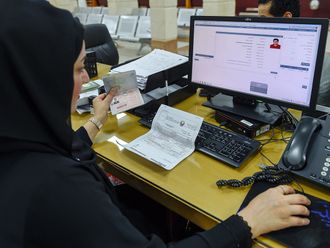
Dubai: Value Added Tax (VAT) was introduced in the UAE from January 1, 2018. If you are new to the UAE and unaware about the type of tax it is, how you would get affected by it and whether you can receive a refund on VAT, read on to find out all you need to know.
What is VAT?
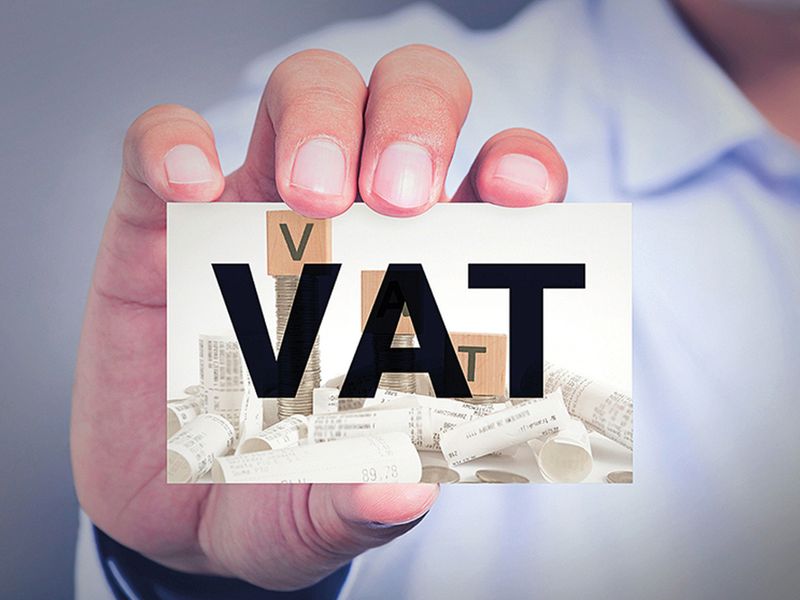
VAT is a tax on the transactions of goods and services, applied at each stage of the supply chain and is based on the value added at each stage.
The rate at which VAT is charged is five per cent
5 %
of the transaction cost is taxable under VATThis tax is not due on businesses, which can reclaim the VAT they may have incurred during the transactions from producer to end user. End consumers generally bear the VAT cost while registered businesses collect and account for the tax, in a way acting as a tax collector on behalf of the Federal Tax Authority (FTA).
The FTA is responsible for implementing VAT. The authority provides guidance, collects VAT and conducts audits.
VAT services in UAE and exemption
Under VAT there are three categories:
• 5% Value Added Tax
• Zero-rated supplies
• Exempt supplies

VAT registration
Companies that have an annual turnover above Dh375,000 have to register for VAT. Companies that have a turnover under Dh375,000 but above Dh187,500 can voluntarily register for VAT.
VAT applies equally on tax-registered businesses managed on the UAE mainland and in the free zones. However, if the UAE Cabinet defines a certain free zone as a ‘designated zone’, it must be treated as outside the UAE for tax purposes. The transfer of goods between designated zones are tax-free.
Visit this page on the official FTA website for all the necessary registration links.
VAT return filing
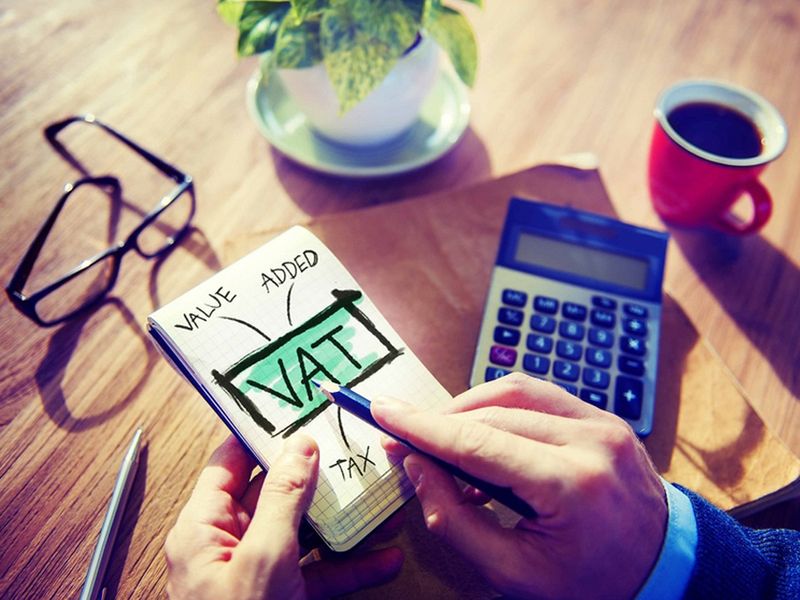
At the end of each tax period, VAT registered businesses or the ‘taxable persons’ must submit a ‘VAT return’ to FTA.
A VAT return summarises the value of the supplies and purchases a taxable person has made during the tax period, and shows the taxable person’s VAT liability.
VAT returns can be filed on a monthly or quarterly basis through the FTA website – https://www.tax.gov.ae/
Although tax returns must be submitted electronically, accounting records and documents relating to business activities must be kept, including the balance sheet, profit and loss account, payroll records, wages, fixed assets, records, and inventory statements.
Also read
Taxable businesses must file VAT returns with FTA on a regular basis and usually within 28 days of the end of the ‘tax period’ as defined for each type of business. A ‘tax period’ is a specific period of time for which the payable tax shall be calculated and paid. The standard tax period is:
• quarterly for businesses with an annual turnover below Dh150 million
• monthly for businesses with an annual turnover of Dh150 million or more.
Liability of VAT
The liability of VAT is the difference between the output tax payable (VAT charged on supplies of goods and services) for a given tax period and the input tax (VAT incurred on purchases) recoverable for the same tax period.
Where the output tax exceeds the input tax amount, the difference must be paid to FTA. Where the input tax exceeds the output tax, a taxable person will have the excess input tax recovered; he will be entitled to set this off against subsequent payment due to FTA.
VAT refund for tourists
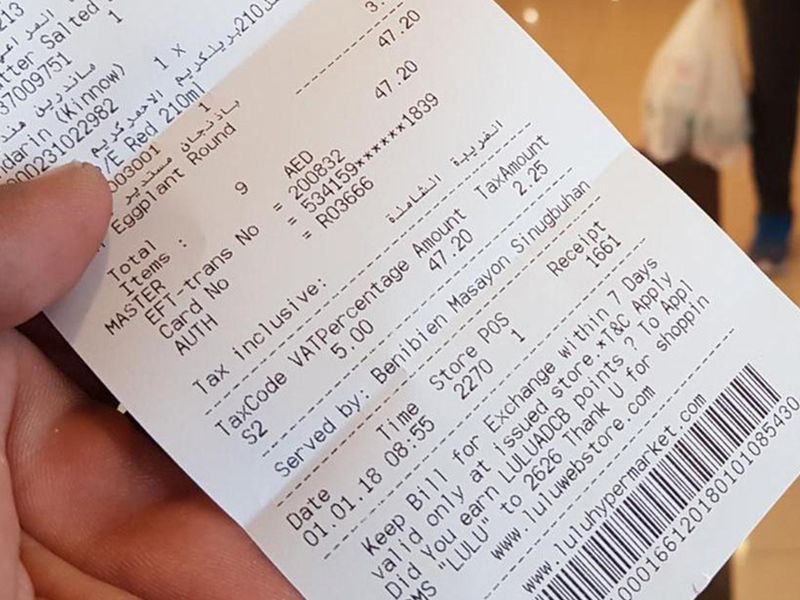
Tourists to the UAE can also get the VAT they have paid back when they leave the country. However, they are required to pay a 15 per cent administrative fee as well as a 4.8 per cent tag fee for every individual claim.
Tourists visiting the UAE who are at least 18 years old are eligible for the refund. The visitor must also intend to exit the UAE along with the purchased goods within 90 days.
However, the VAT paid cannot be refunded unless the total value of tax-inclusive purchases is at least Dh250.
Tourists can get their money back at the airports in Abu Dhabi, Dubai and Sharjah. Tourists will receive their refunds through a special device placed at the departure port - airport, seaport, or border port - by submitting the tax invoices for their purchases from the outlets registered in the Scheme, along with copies of their passport and credit card.
Once these documents are submitted, tourists can either recover the VAT in cash in UAE dirhams, or have it transferred to their credit card. Until October 2018, 4,000 retail outlets across the UAE were connected electronically to the system.
These eligible outlets can be identified with posters displayed on their storefronts and visible to visitors.
VAT verification
If you want to verify that a company that has charged you VAT is eligible to do so, you can verify the Tax Registration Number (TRN) here.
VAT’s Up Babu
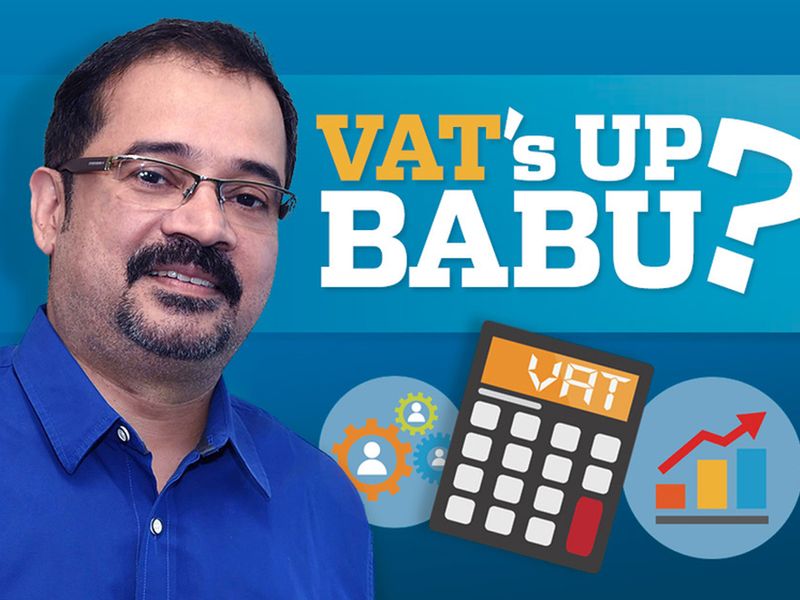
When VAT was implemented in 2018, Gulf News Banking Editor Babu Das Augustine answered several reader questions related to VAT. Read all the answers here.
Contact FTA
For all VAT-related inquiries about tax registration and/or application, you may contact Federal Tax Authority through the enquiry form or send an email to info@tax.gov.ae. You can also call on 600 599 994 or 04-7775777.

